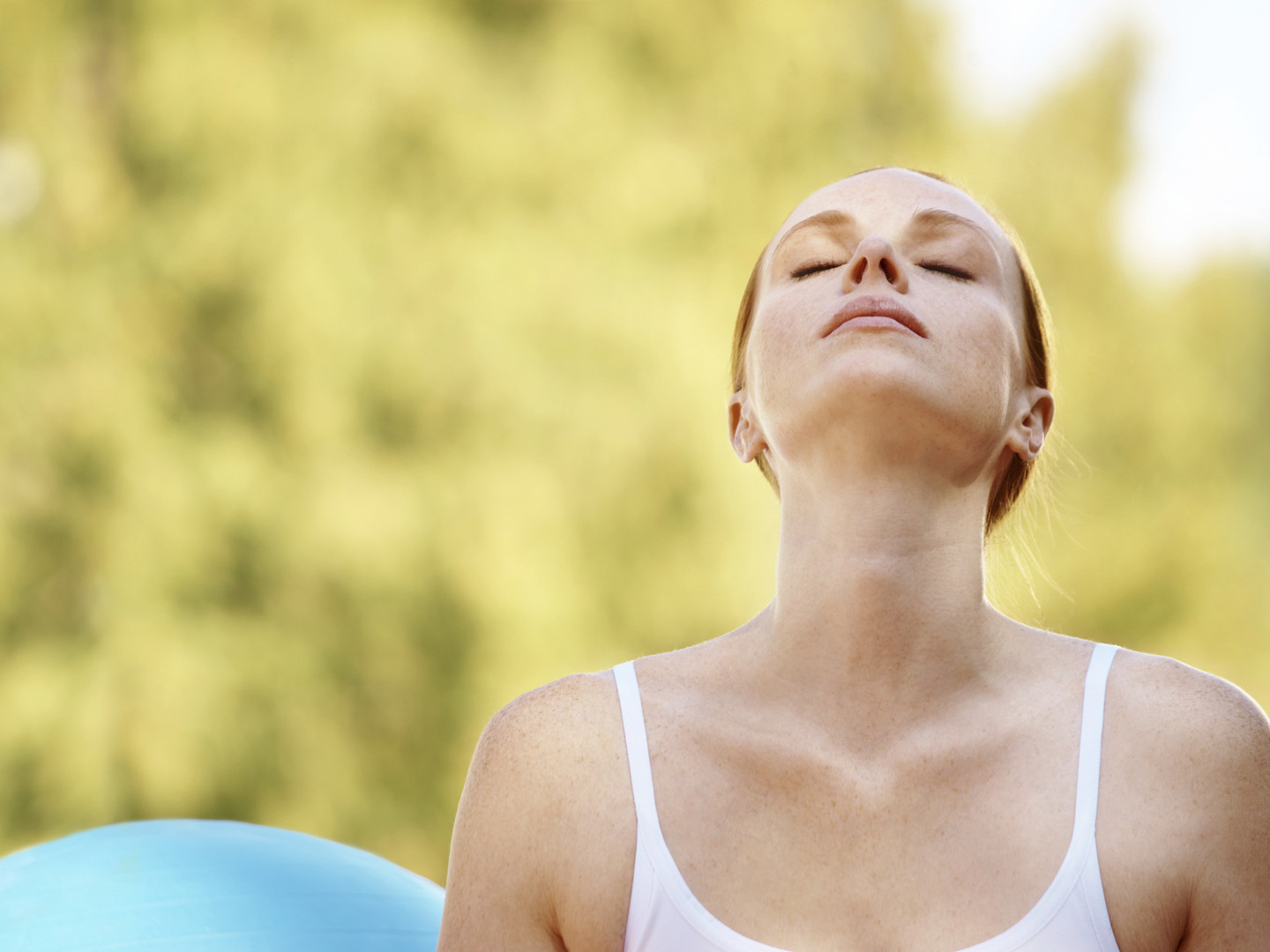Breathing: An Introduction

In many languages – the words for spirit and breath are one and the same (Sanskrit prana, Hebrew ruach, Greek pneuma, Latin spiritus). Native Americans, among others, believe that life enters the body with the first breath, not at the moment of birth or of conception. In this view the fetus and newborn have a kind of vegetative life, uninvested with spirit until the breath cycle begins.
Breathing is the bridge between mind and body, the connection between consciousness and unconsciousness, the movement of spirit in matter. Breath is the key to health and wellness, a function we can learn to regulate and develop in order to improve our physical, mental and spiritual well-being.
Breathing is special in several respects: it is the only function you can perform consciously as well as unconsciously, and it can be a completely voluntary act or a completely involuntary act, as it is controlled by two sets of nerves, one belonging to the voluntary nervous system, the other to the involuntary (autonomic) system. Breath is the bridge between these two systems.
“The single most effective relaxation technique I know is conscious regulation of breath.”
Dr. Andrew Weil
Most people do not know how to breathe so as to take full advantage of the nourishing, health-giving properties of the act of breathing. Knowing how to perform simple breathing techniques can help lower your blood pressure, calm a racing heart, or help your digestive system without taking drugs. Breathing has direct connections to emotional states and moods – observe someone who is angry, afraid or otherwise upset, and you will see a person breathing rapidly, shallowly, noisily and irregularly. You cannot be upset if your breathing is slow, deep, quiet and regular. You cannot always center yourself emotionally by an act of will, but you can use your voluntary nerves to make your breathing slow, deep, quiet and regular, and the rest will follow.
Learn more:









